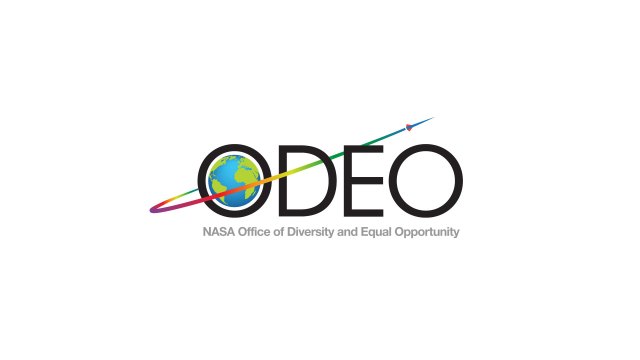ADDRESSING AND PREVENTING WORKPLACE HARASSMENT HAS MANY BENEFITS FOR NASA AND ITS MISSION, INCLUDING:
HELPS MAKE THE WORKPLACE INCLUSIVE AND WELCOMING • PROMOTES PROFESSIONALISM • CONTRIBUTES TO A SAFE AND EFFECTIVE WORKPLACE • ENABLES EMPLOYEES TO FULLY CONTRIBUTE TO THEIR ORGANIZATIONS AND MISSIONS • EMPOWERS EMPLOYEES TO VOICE THEIR IDEAS • INCREASES PRODUCTIVITY AND MORALE • LOWERS EMPLOYEE TURNOVER RATES • DECREASES ABSENTEEISM
NASA’s Anti-Harassment Program supports the safety and success of the Agency’s workforce and mission by striving for a harassment-free workplace while providing equal employment opportunity and diversity and inclusion.
Harassing conduct is any unwelcome conduct, verbal or physical, regardless of whether it is based on an individual’s race, color, gender, national origin, religion, age, disability, genetic information, sexual orientation, status as a parent, gender identity, or retaliation when:
(1) The behavior can reasonably be considered to adversely affect the work environment; or (2) An employment decision affecting the employee is based upon the employee’s acceptance or rejection of such conduct.
Examples of harassment that may adversely affect the work environment include, but are not limited to, making jokes or remarks or displaying images that may unreasonably interfere with work performance and create an intimidating, hostile, or offensive work environment. Examples of harassment based on an employee’s acceptance or rejection of harassing conduct include, but are not limited to, a supervisor coercing an employee into an unwelcome sexual relationship and then rewarding the employee with a promotion, or a supervisor taking disciplinary action against an employee because they rejected sexual advances. Retaliation against an employee for alleging harassment or participating in harassment factfinding is also impermissible.
Any NASA employee who believes they have been subject to an incident of harassing conduct must not wait-report the matter immediately to your immediate supervisor, the Center Anti-Harassment Coordinator, or the Office of Equal Opportunity and Diversity. Should you wish to receive additional information on NASA’s Anti-Harassment Procedures, please contact your Center’s Anti-Harassment Coordinators below.
JSC Anti-Harassment Coordinators
Name(s): Judith Hayes, Darryl Gaines
Phone: Hayes: 281-536-1750, Gaines: 281.244.8400
Email Address: jsc-antiharassment@mail.nasa.gov
NASA’s Anti-Harassment Policy and Procedures are intended to ensure that immediate and appropriate action is taken in response to allegations of harassing conduct and to eliminate harassing conduct. The overarching goal of the Anti-Harassment policy and procedures is to address harassing conduct at the earliest possible stage, before it can become severe or pervasive. Harassing conduct is defined as any unwelcome conduct, verbal or physical, based on an individual’s race, color, gender, national origin, religion, age, disability, genetic information, sexual orientation, status as a parent, gender identity, or retaliation when: (1) the behavior can reasonably be considered to adversely affect the work environment or (2) an employment decision affecting the employee is based on the employee’s acceptance or rejection of such conduct. NPR 3713.3
For NASA Internal Users Only, please click here to visit the Resolving Issues website or see the Stop Workplace Harassment information sheet.
Curator: Robert F. Blake
Johnson ODEO
Johnson Space Center Office of Diversity and Equal Opportunity (ODEO)
Visit the Johnson ODEO Homepage
Explore Johnson
Learn more about the Johnson Space Center
Visit the Johnson Space Center Homepage about Explore Johnson





























